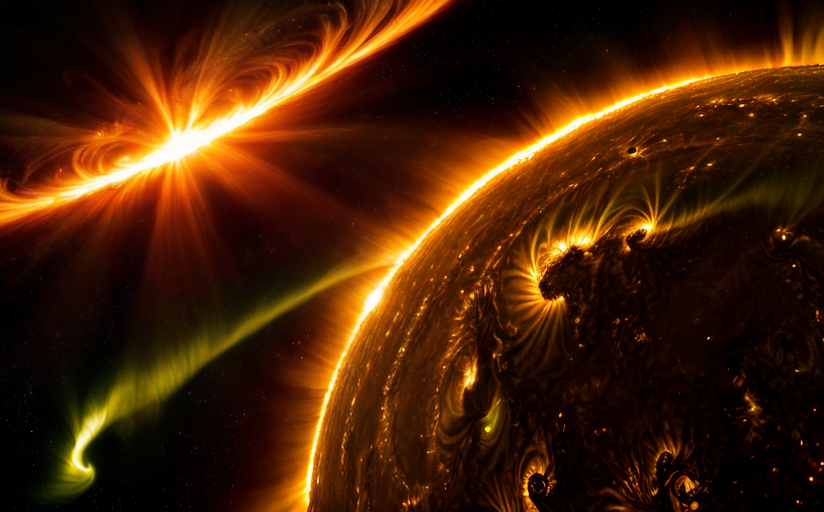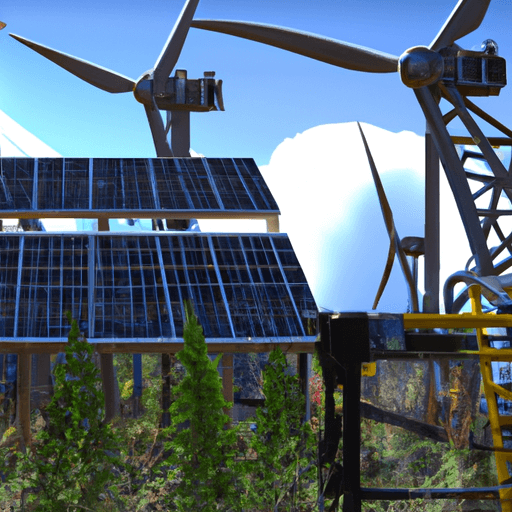The Impact of Solar Storms on Earth's Natural Systems
In this article, we will delve deep into the scientific explanation behind solar storms, their origins, and how these solar phenomena affect Earth's natural systems. This includes our planet's magnetic fields, atmosphere, climate, and more. We will also discuss the short-term and long-term impacts of these solar events, their potential benefits, and measures taken to manage their effects.
What are Solar Storms?
Solar Storms, also known as Space Weather Events, are eruptions of energy from the sun's surface. These include solar flares, coronal mass ejections, solar wind gusts, and solar particle events. More detailed information are available from high-quality satellite imagery and diagrams from the National Aeronautics and Space Administration (NASA).
Impact on Earth's Magnetic Fields and Atmosphere
When a solar storm reaches Earth, it interacts with our planet's magnetic field, creating geomagnetic storms. The charged particles can cause fluctuations in the Earth's magnetic field and can expand our atmosphere, resulting in satellite drag.
Impact on Climate
Some solar storms are so powerful that they can impact Earth's climate. For instance, the Carrington Event of 1859 was a powerful geomagnetic storm that caused auroras to be seen as far south as the Caribbean and caused telegraph systems failures.
Short-Term and Long-Term Impacts
Short-term impacts of such solar events include disturbances to radio signals, GPS systems, satellite operations, and power grids. In the long term, these phenomena can contribute to ozone depletion and can nudge our climate in new directions.
Benefits and Adaptations
One remarkable adaptation has been observed in certain species of bacteria that seem to use Earth's magnetic field for navigation. The natural compass they possess may also be influenced by solar storms.
Preventive Measures
Space weather forecasting is a key measure taken globally to predict and manage the effects of strong solar storms. Various organizations, like NASA and the National Oceanic and Atmospheric Administration (NOAA)Space Weather Prediction Center (SWPC), regularly monitor the sun to track these storms.




















Comments
Leave a Comment